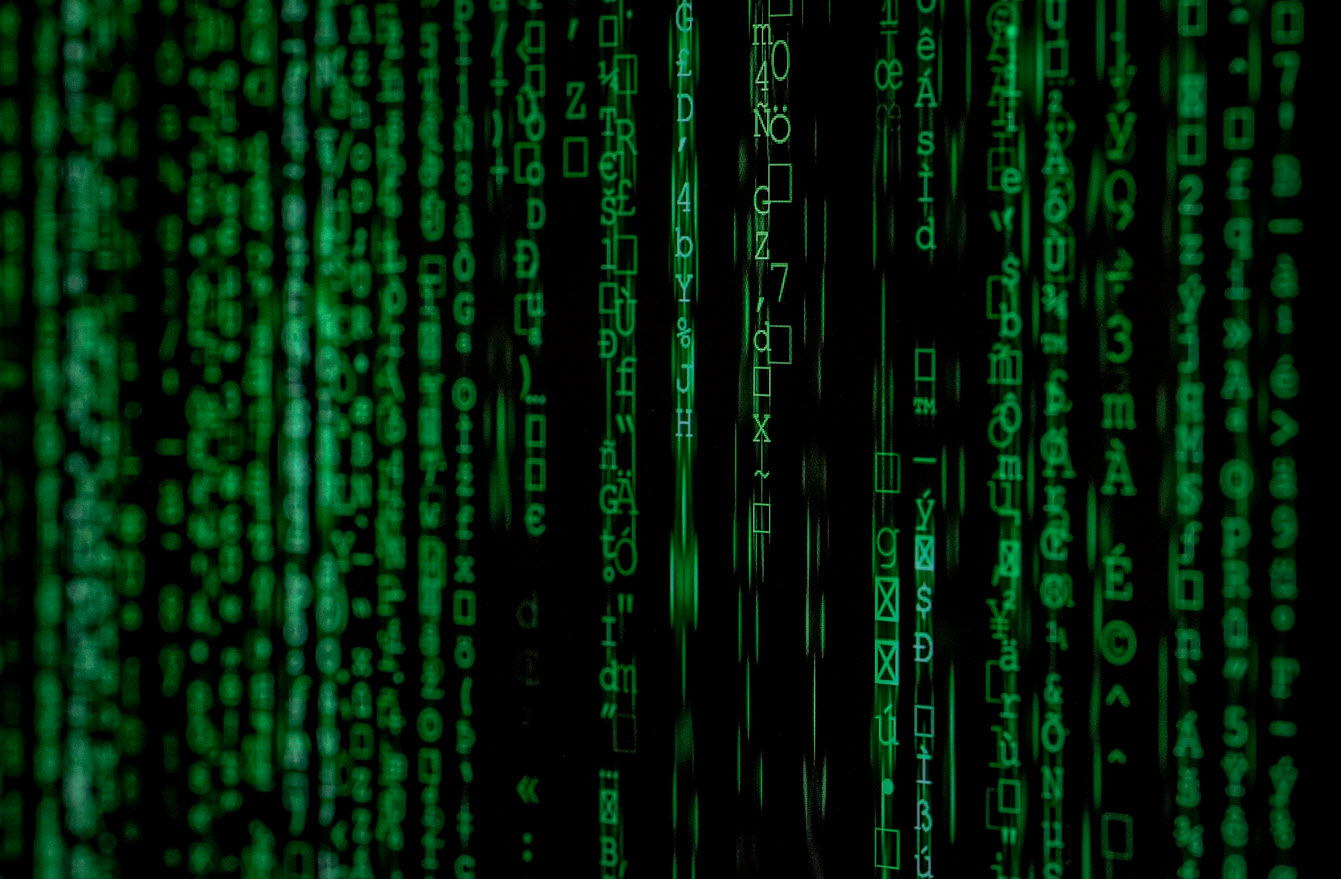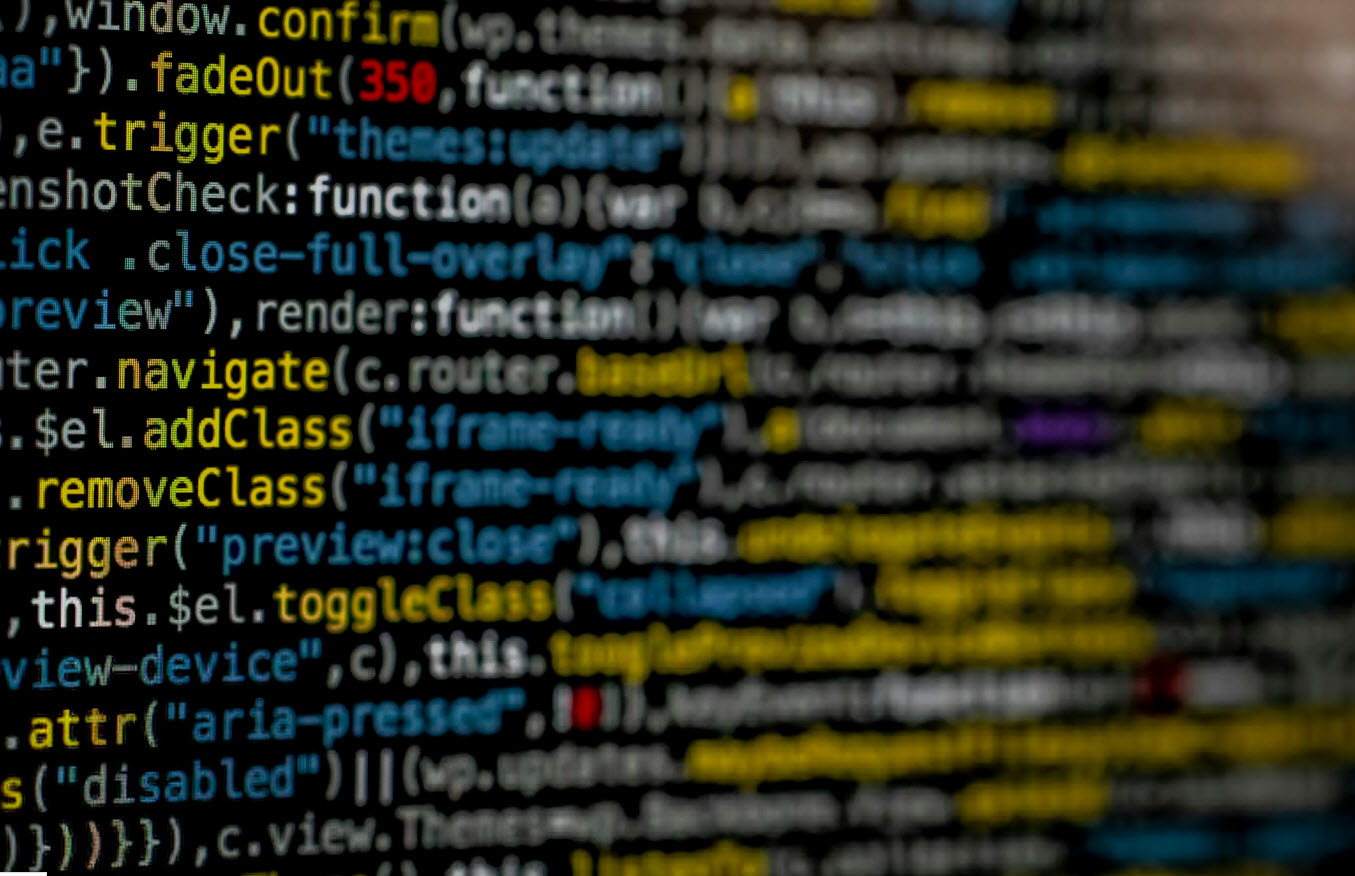
In the ever-evolving landscape of cybersecurity, malware detection has become a critical component in safeguarding digital assets. Traditional methods of malware detection, such as signature-based and heuristic analysis, have proven effective but are often limited by their reliance on known malware signatures and patterns. This is where artificial intelligence (AI) steps in, offering advanced techniques that enhance the detection and analysis of malware.
In this article, we will explore how AI is revolutionizing malware detection and analysis, focusing on techniques that are both effective and accessible.
Traditional malware detection methods include:
1. Signature-Based Detection: This method relies on a database of known malware signatures. When a file or program is scanned, it is compared against this database. If a match is found, the file is flagged as malicious.
2. Heuristic Analysis: This method analyzes the behavior of a program or file to determine if it exhibits malicious characteristics. Heuristic analysis can detect new or unknown malware by identifying suspicious behaviors.
While effective, traditional methods have significant limitations. Signature-based detection can only identify known malware, making it ineffective against new or polymorphic malware. Heuristic analysis, while more flexible, can produce false positives and may not always accurately identify complex malware.
Machine Learning for Malware Detection
Machine learning (ML) is a subset of AI that involves training algorithms to recognize patterns in data. In the context of malware detection, ML models can be trained to identify malicious code by analyzing large datasets of known malware and benign software.
Supervised Learning
Supervised learning involves training a model on labeled data, where each piece of data is tagged as either malicious or benign. The model learns to differentiate between the two based on various features, such as file size, file type, and code structure.
For example, a supervised learning model might be trained on a dataset of executable files. The model would analyze features such as the presence of certain APIs, the use of encryption, and file metadata to determine if a file is malicious.
Unsupervised Learning
Unsupervised learning involves training a model on unlabeled data, where the model must identify patterns and anomalies on its own. This approach is useful for detecting new or unknown malware that may not be present in labeled datasets.
For instance, an unsupervised learning model might be used to analyze network traffic. By identifying anomalies in traffic patterns, the model can flag potentially malicious activity even if the specific malware is unknown.
Deep Learning for Malware Detection
Deep learning is a more advanced form of machine learning that uses neural networks with many layers to analyze complex data. Deep learning models can identify intricate patterns and relationships in data, making them highly effective for malware detection.
a) Convolutional Neural Networks (CNNs)
CNNs are particularly effective for analyzing images and can be adapted for malware detection by converting binary code into image-like representations. This allows the model to identify visual patterns in the code that may indicate malware.
b) Recurrent Neural Networks (RNNs)
RNNs are designed to handle sequential data, making them useful for analyzing the behavior of malware over time. RNNs can detect patterns in the sequence of actions performed by a program, helping to identify malicious behavior.
Behavioral Analysis
Behavioral analysis involves monitoring the actions of a program in real-time to determine if it exhibits malicious behavior. AI can enhance behavioral analysis by using ML models to learn normal behavior patterns and flag deviations that may indicate malware.
Hybrid Approaches
Hybrid approaches combine multiple AI techniques to improve the accuracy and effectiveness of malware detection. For example, a hybrid system might use both supervised and unsupervised learning to detect known and unknown malware, while also employing deep learning for in-depth analysis of code and behavior.
Practical Applications of AI in Malware Detection
a) Endpoint Protection
AI-powered endpoint protection solutions use ML and deep learning to analyze files and programs on individual devices. These solutions can detect and block malware in real-time, providing an additional layer of security for users.
b) Network Security
AI can be used to monitor network traffic and identify malicious activity. By analyzing patterns in network data, AI models can detect anomalies that may indicate the presence of malware, such as unusual data transfers or unauthorized access attempts.
c) Cloud Security
In cloud environments, AI can be used to analyze large volumes of data and identify potential security threats. Cloud security solutions can use AI to detect and respond to malware in real-time, protecting cloud-based applications and data.
Challenges and Future Directions
While AI offers significant advantages for malware detection, it also presents challenges. One major challenge is the need for large, high-quality datasets for training ML models. Additionally, AI models can be computationally intensive, requiring significant resources for training and deployment.
The future of AI in malware detection lies in the development of more advanced and efficient models. Research is ongoing to improve the accuracy and speed of AI-based malware detection, as well as to develop new techniques for analyzing complex and evolving malware.
Conclusion
AI is transforming the field of malware detection, offering advanced techniques that enhance the accuracy and effectiveness of traditional methods. By leveraging machine learning, deep learning, and behavioral analysis, AI can detect known and unknown malware, providing robust protection for digital assets.
As AI continues to evolve, its role in malware detection will become even more critical, ensuring the security of our digital world.








